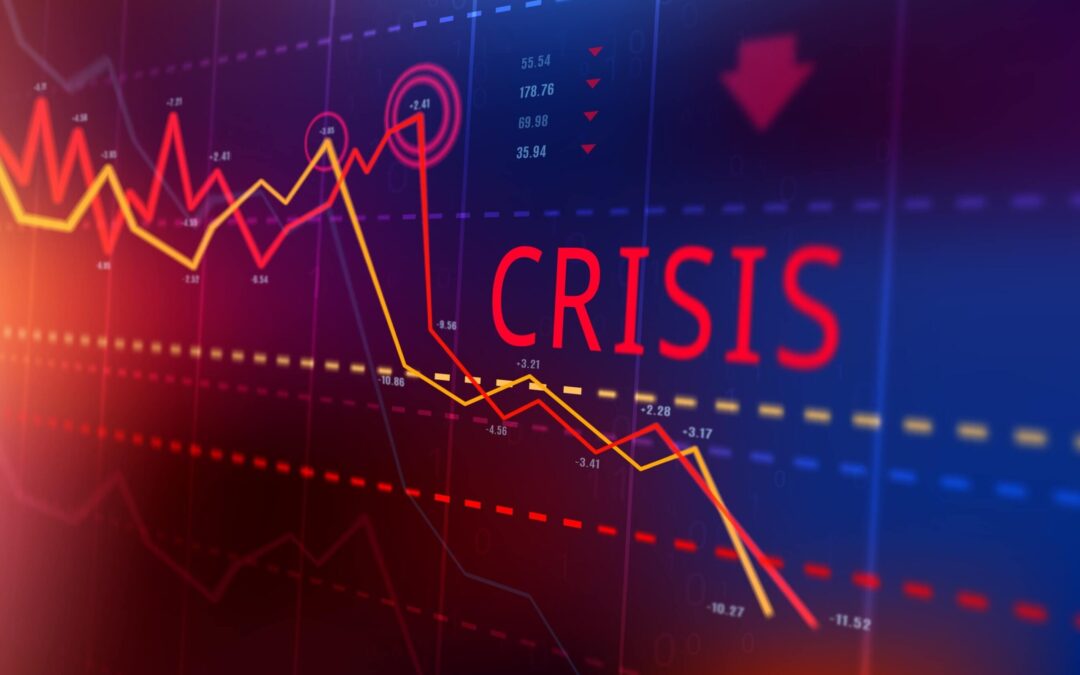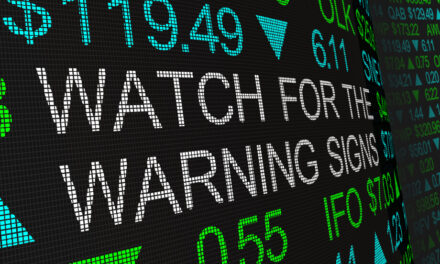Markets are competitive. When every decision comes down to something as binary as “buy or sell,” each winner must come at a loser’s expense.
Yet at first glance, there are zero winners in the banking crisis this year.
Silicon Valley Bank executives certainly lost — their company (worth $212 billion), their reputation and likely some portion of their minds. Executives at First Republic, Signature and Credit Suisse likely dealt with similar situations.
Bank depositors, while the FDIC will eventually make them whole, lost temporary but prolonged access to their funds. In the case of Silicon Valley Bank, who catered to the tech startups which so desperately need funds right now, this loss was even more dire.
The FDIC also lost by using up $22 billion of its recovery reserves. And now, banks have been assessed to refill the fund. (Those banks lost out, too…)
And speaking of losses, buy-and-hold investors are right up there with the C-suite at these failed banks.
Long before the bank went bust, Silicon Valley Bank stock slumped from heights of $755 per share all the way down to $100 before it was delisted. That’s an 85% loss … and tens of billions in market cap value completely destroyed.
First Republic fared even worse, losing over 98% of its value in the same time… Nearly $40 billion, down to less than $1 billion in just over a year.
So if all these actors lost, who could’ve won?
Traders, that’s who.
There’s been more than enough ink spilled on why we’re in a banking crisis.
That’s why I want to focus today on the small number of people who profited from this crisis, and previous crises, and how you can do the same with far less risk than they ever took.
One Man’s Trash…
Amid all the chaos of Silicon Valley Bank and Signature Bank failing this year, some smart short sellers saw the risks beforehand … and turned it into a windfall profit.
According to financial analytics company Ortex, hedge funds were sitting on unrealized profits of $7.25 billion over the course of March. That made it the most profitable month for short sellers since the 2008 financial crisis.
And earlier this month, as First Republic went down, short sellers pocketed another $1.2 billion.
In all these situations, one man’s trash quickly became another’s treasure.
If you’re unfamiliar, short sellers bet against stocks and make money when their prices fall.
Now, opportunities like these don’t come around often. Markets generally go up — prolonged bear markets like we’re in now are rare throughout history.
That’s why short sellers focus on what are often called special situations — unique events where a confluence of factors come together and form a “perfect storm.”
With Silicon Valley Bank and other recent bank failures, it was the rapid rise of interest rates coupled with a slowdown in the tech sector. High interest rates damaged the banks’ bond portfolios. Struggling tech companies needed to withdraw more funds than SVB had available.
This became clear to most people only in hindsight. But for smart short sellers, this was a special situation they saw developing and capitalized on.
It’s far from the first time this has happened, and it certainly won’t be the last. In 2008, just a small number of short sellers saw the risks in the subprime mortgage market, understanding how quickly the contagion could spread to the stock market and even outside the U.S. That’s how Michael Burry famously made $800 million in his bets against the credit default swap market on mortgage bonds.
It goes back even further. George Soros “broke the bank of England” by shorting the pound with such volume, he forced Britain to back out of an effort to peg its currency to other European economies. That trade netted him $1 billion, one of the biggest profits of all time.
And we can even look to Paul Tudor Jones, who made $100 million in a single day by betting against stocks during the Black Monday market crash of 1987.
Now, I’m not recommending you go out and start trying to short stocks yourself for two reasons:
- The market’s long-term bullish bias is working against you.
- It’s incredibly risky for individual investors.
Shorting stocks involves borrowing shares and putting them up for sale. If the stock goes down, you can buy back the shares you sold for a profit. If it goes up, though … you’re exposed to unlimited risk. This can and has bankrupted many a trader who didn’t manage their risk well.
However, everything I’m seeing says that there will be more bank crises to come. Interest rates are still a huge problem for small and midsize regional banks, especially. And my research shows that nearly 300 publicly traded financial stocks are at high risk of extreme losses in the coming months.
I want you to be a winner, not a loser, in what’s to come.
So here’s what I want you to do…
The “Off Wall Street” Short
Like I said, shorting stocks is incredibly risky for individual investors who don’t have the bankrolls of multibillion-dollar hedge funds.
At the same time, the short opportunity we’re presented with today is one you cannot afford to ignore.
I’ve identified a number of special situations in the banking crisis right now — just as Paul Tudor Jones, George Soros, Michael Burry and many others have before me.
But I will NOT recommend any of my subscribers short these stocks. The risks are far too great.
Instead, I’m recommending an “off Wall Street” trade that few people know about … or if they do, they don’t know how to take advantage of it.
This trade isn’t much different from buying a share of stock in your brokerage account. However, it has the potential to rise multiples faster than any stock position, even when prices fall and especially in times of volatility like we’re in now.
To give you an idea of the potential, let me walk you through a trade I recently recommended to my subscribers.
Back on April 18, I made my case for why the mainstream media was too early on calling an end to the banking crisis. The price action in a certain niche of the banking sector wasn’t reflecting that, and the sector had (still has) huge exposure to an asset that’s set to rapidly lose value.
So I recommended a trade against the sector.
Now get this… Three weeks and two days later, we got exactly what I was looking for.
Our target continued to slide as the problems at First Republic became more apparent. And we pocketed a 76% gain on part of the position (we’re still holding the rest open for further gains).
There are no limits to opportunities just like this one as the banking sector continues through this rough patch.
And just yesterday, I shone a light on four toxic bank stocks that I believe could severely underperform the market in the months to come.
These four companies, along with 278 other high-risk financial stocks, are targets of my top trading strategy that takes advantage of high volatility.
If you’d like to know which of these stocks you might have in your portfolio, go here for the full details.
To good profits,

Adam O’Dell
Editor, Stock Power Daily




